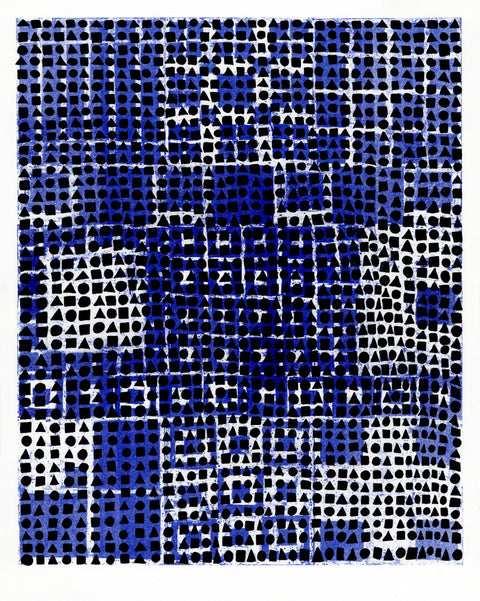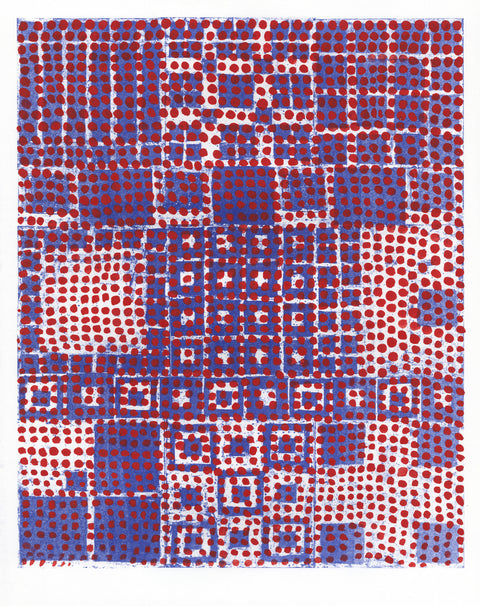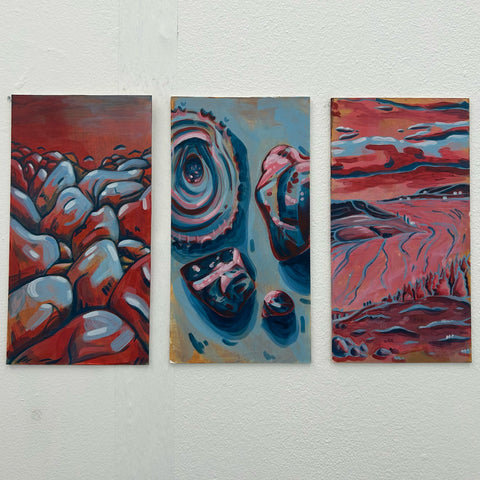Alice Zakharenko
About the artist
Artist biography
Alice Zakharenko (b. 2000, New York City, USA) is an interdisciplinary artist, who works in print media, papermaking, painting, drawing, artist books, and writing. Alice received her BFA at the School of the Art Institute of Chicago in 2022 and her MA in Print at the Royal College of Art in 2023. She has been awarded the Ochre Print Studio Residency Award (2024) located in Guildford, Surrey. Zakharenko has co-curated shows such as Experiential Play at Fine Liquids Gallery and Aesthetics of Bliss at 67 York Street. A few notable group exhibitions she has been a part of: Assembly at St. Giles Church Crypt, Spring Show at AKA Contemporary, Royal Watercolour Society Open 2024 at Bankside Gallery, Tokens at Feelium Gallery & Studios, Two Fold at Southwark Park Galleries, Summer Exhibition 2023 at The Green & Stone Gallery, 4 Shows. 1 Exhibition at John David Mooney Foundation in Chicago, USA. She has been previously published in t’ART Magazine (2023) and The Pluralist (2023).
Website: https://asz.cargo.site/
Instagram: https://www.instagram.com/zak.al/
Artist statement
Working as a multidisciplinary artist, I explore the temporal qualities of repetition and difference, employing printmaking, papermaking, drawing, and artist books to trace memory, movement, rhythm, time, and identity in a given environment. Captivated by mundane life, I delve into the everyday through a series of repetitions: systems of transportation, routine walks, decorative adornments, and natural patterns felt during transient moments. I am curious about exploring stillness within the constant buzz of a city or the tranquillity of the country.
Ingrained in our environment and within ourselves are often-overlooked decorative patterns. Built on finite forms and lines, yet infinite in space and time, these patterns hold a paradox between the infinite and finite—the control and chaos. They provide stability, synonymous with safety and security. While repetition offers stability and order, the significance of the first set of a pattern diminishes. Due to their rigidity, structural integrity, and predictability, patterns offer immediate comfort. They are both freedom and necessity.



















